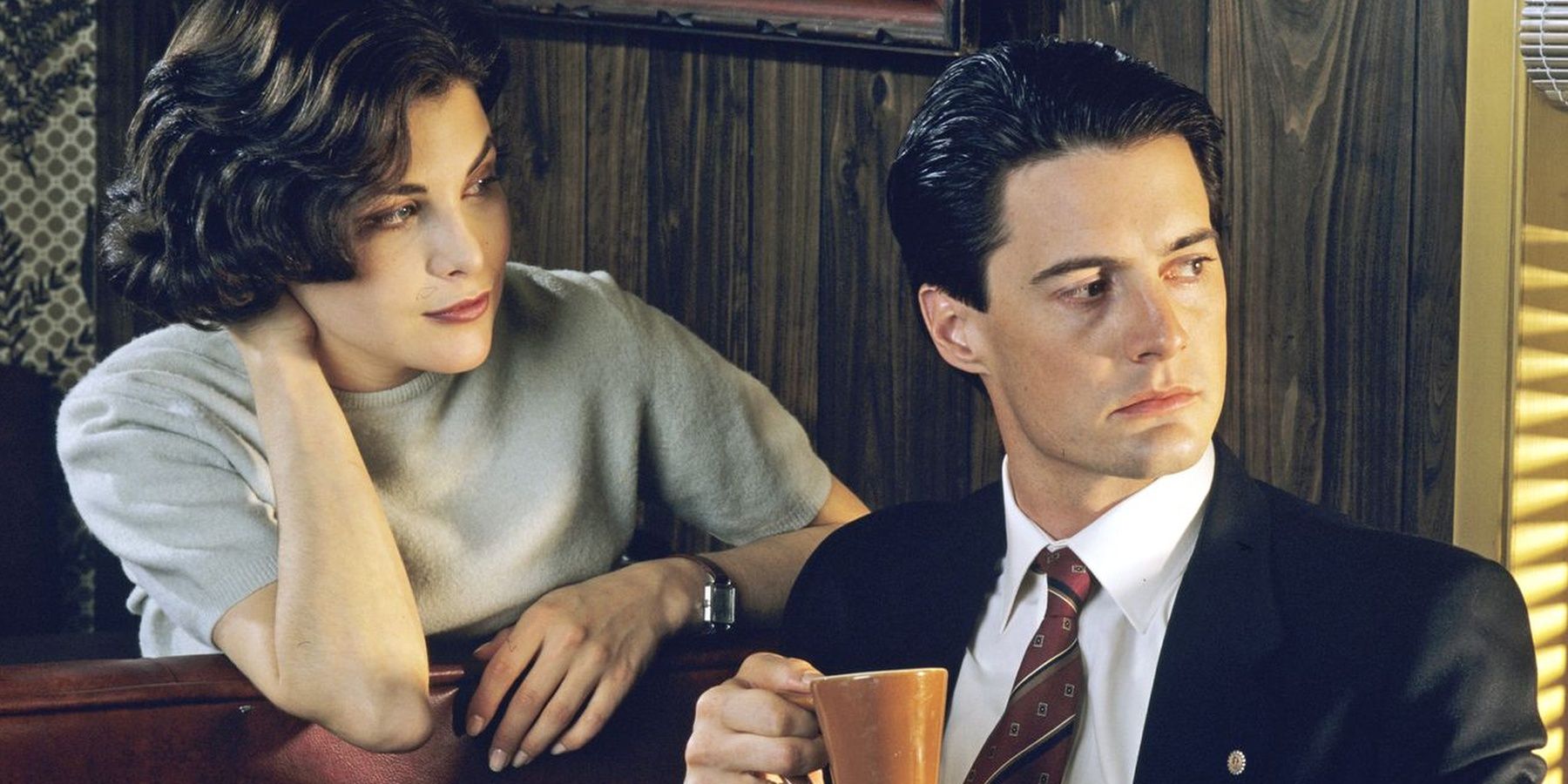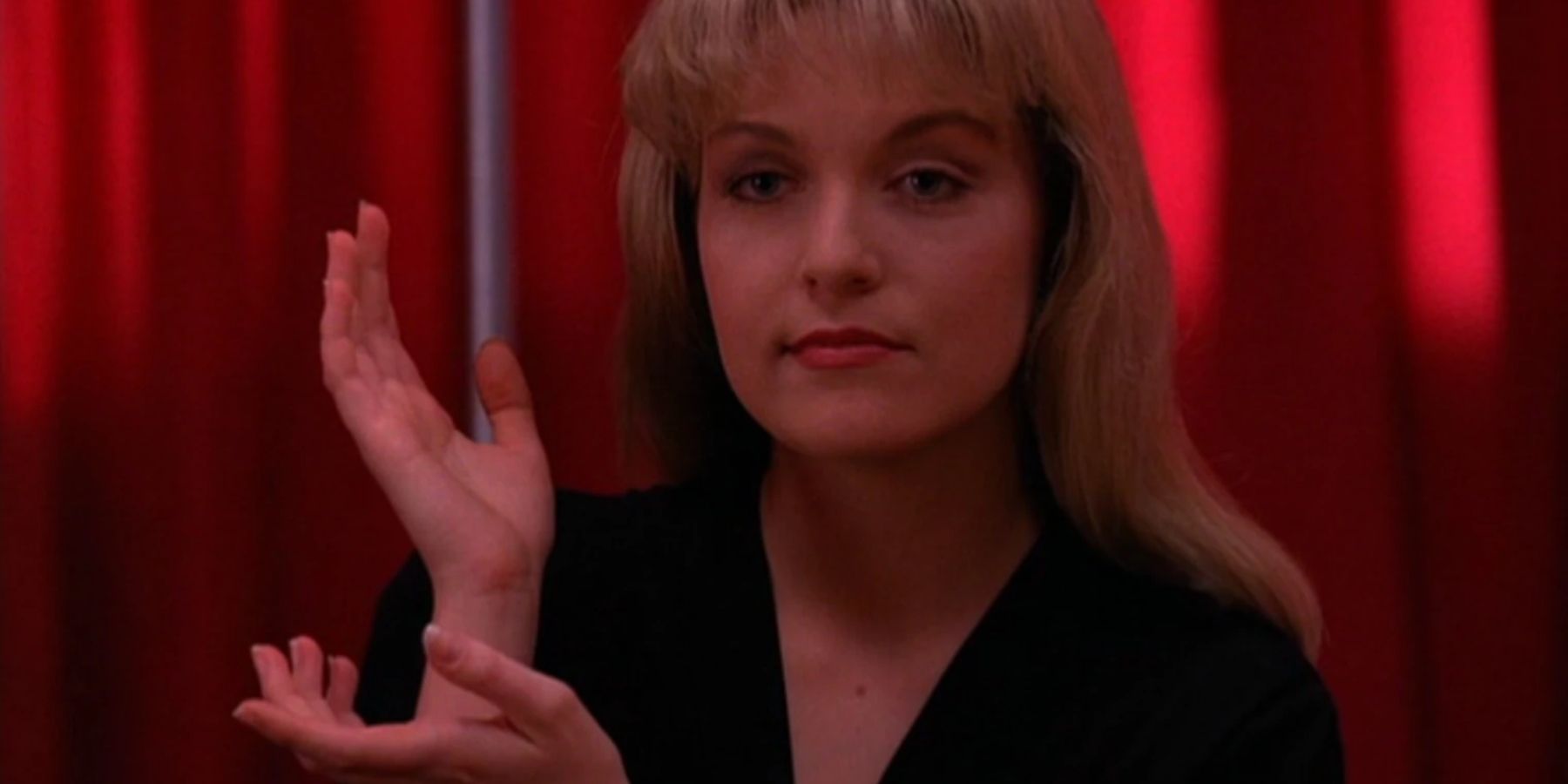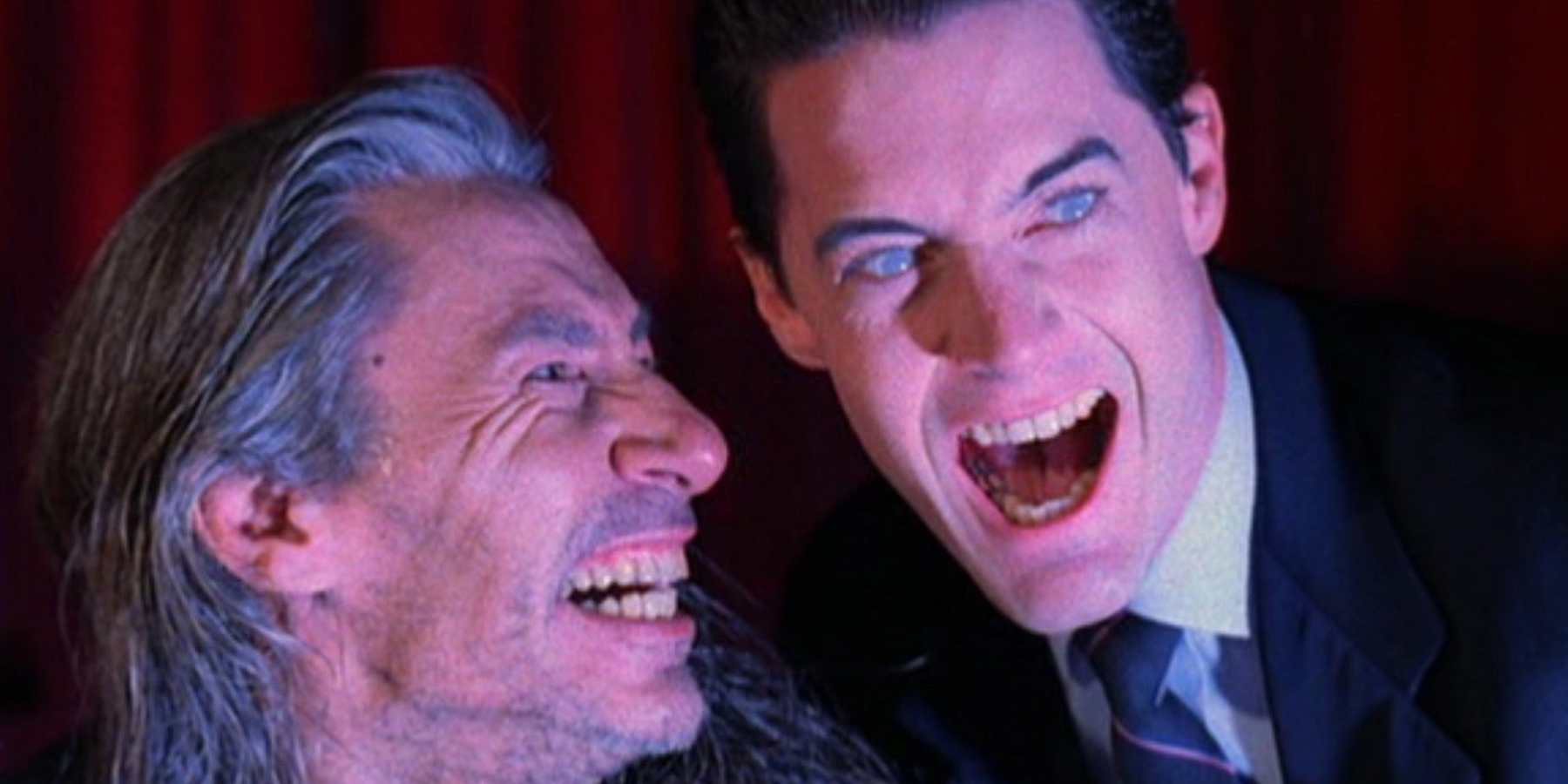There are many boxes that need to be checked for a mystery series to get the audience’s attention. Twin Peaks not only checked all the boxes, it also created new ones for future series as well. Twin Peaks is a series that aired on ABC from 1990 to 1991 and was later revived for a third season by Showtime in 2017. Created by David Lynch and Mark Frost, the mystery series tells the supernatural story of how the eerie murder of a teenage girl shakes up a small town in Northern USA, revealing the darkest of secrets of every one of the townsfolk.
Even though the series was canceled after its second season due to low audience ratings (which could be pinned on the huge number of filler episodes, an executive decision highly disapproved by Lynch), it gathered a massive cult following as the series had ended on an epic cliffhanger up until its comeback 26 years later.
Many things in Twin Peaks are unique, and make it one of the most singular and influential series in TV history. Kyle MacLachlan’s memorable portrayal of the soulful, coffee-loving FBI Agent Dale Cooper. Angelo Badalamenti’s melodic, goosebumps-inducing composition, indicates a chilling, supernatural outcome. Not to mention the superb writing, all framed by David Lynch’s unique directorial style, which surrounds the series in a phantasmagoric, surrealist atmosphere. As is often the case with Lynch’s works, much of Twin Peaks is not about understanding but feeling. This does not mean that the story makes no sense, but that Twin Peaks uses inventive audiovisual techniques to navigate through an otherwise cliche terrain of whodunit stories. The supernatural, metaphysical space of the Red Room, for example, exudes a weirdness indescribable by words. The backward footage, the funnily creepy tune, the odd characters, the poetic quotes… all of it converges to set up an actual dream put to the screen.
Brimming with symbolism and interesting characters, Twin Peaks has aged tremendously well. Even for the murder-mystery aficionados out there, the main mystery of the series, the death of Laura Palmer, excels at keeping the audience on their toes. "She’s dead. Wrapped in plastic." The sheer emotional weight of the quote that sets the whole story on motion haunts many viewers up to this day. Her death is the beginning of the end for Twin Peaks. The facade of a peaceful, innocent, beautiful town is reflected by a seemingly peaceful, innocent, beautiful girl. Twin Peaks deals with Manichaeism in a way unforeseen in cinema. Taking roots in legends of the Nez Perce indigenous tribe, the show’s mythology of the battle and balance between good and evil goes deeper than it had any right to.
Although the supernatural characters portrayed in the series are given common everyday names, the meaning to their actions and words are just a little beyond mortal people’s grasp. Surely, any other author writing and directing a character that is a supernatural, maniacal, sadistic, dimension-bending, body-possessing serial killer named BOB (yes, in all caps) would probably let it fall into a comic place, because it sounds hilarious, except Lynch makes BOB an absolutely terrifying powerful force of evil. Frank Silva, interpreter of BOB, was actually a set dresser in the first season, and his presence intrigued Lynch, who proposed casting him as the villain - an intuitive decision that paid off staggeringly.
The 1992 film, Twin Peaks: Fire Walk With Me, did not entirely please fans as it did not provide further answers to the loose ends of season 2, only further insight into the show’s mythology and Laura Palmer’s life and complex personality. However, season 3, entitled Twin Peaks: The Return, arrived with the full force of a high-speed rail, using all the potential emotional and dramatic shifts that the long interval provided to an already riveting story. With episodes directed only by David Lynch this time, the 18-hour-long third season is the longest and arguably the most ambitious one, bringing back many of the cherished characters and their original interpreters, like Sheryl Lee’s Laura Palmer, Mädchen Amick’s Shelly Briggs, Dana Ashbrook’s Bobby Briggs, Sherilyn Fenn’s Audrey Horne, and Richard Beymer’s Benjamin Horne.
The Return does not pale in comparison to the inventiveness and originality of the series’ first two seasons, as it goes in completely unforeseeable and fantastic directions, even for Twin Peaks’ standards. MacLachlan, by the way, plays three characters in this season. There is the known and loved Dale Cooper, but there is also his doppelgängers Dougie Jones, a sleazy insurance salesman, and Evil Cooper, a monosyllabic, leather-wearing, supernatural being bent on wreaking havoc.
At the very least, there is one certainty to all this: Twin Peaks has given and will continue to give audiences goosebumps, make them laugh, make them cry, have them confused and mindblown. The multiple storylines all serve to align the myriad of characters’ internal conflicts to converge with one another. Adolescence, forbidden loves, vanity, corporate corruption, violence, spirituality, and tragedy. There is nothing quite like Twin Peaks.



